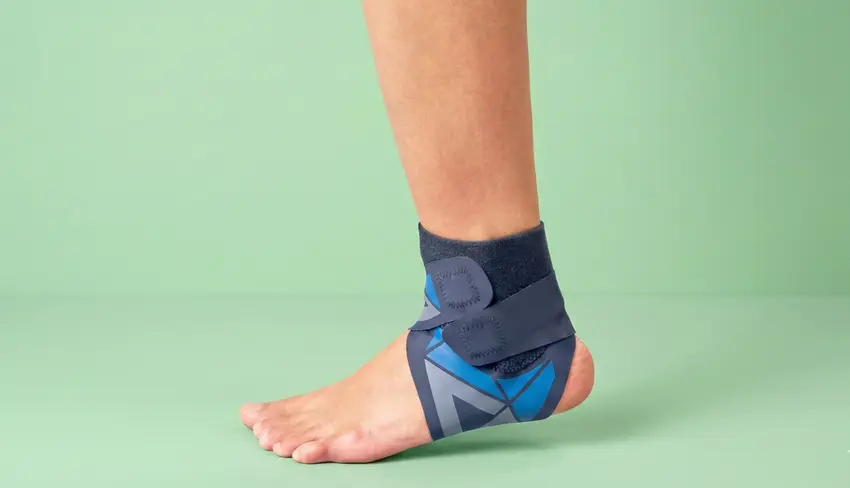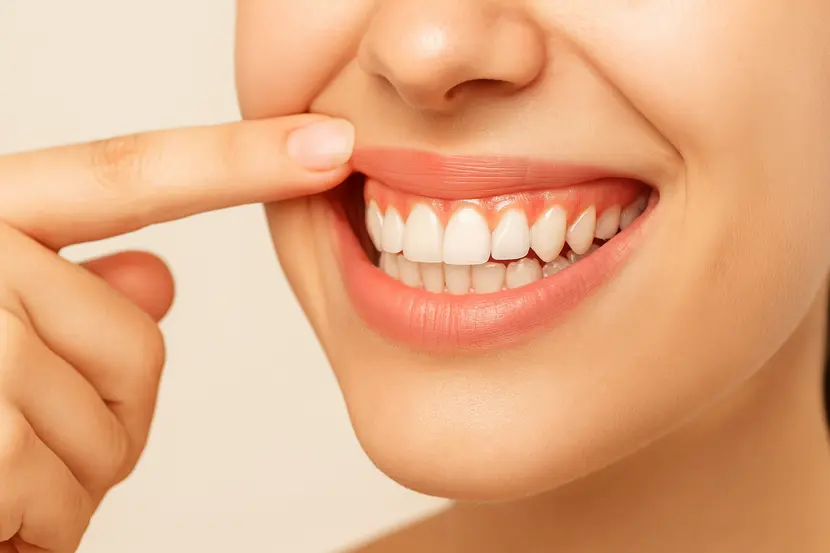How an Ankle Support Brace May Help Reduce Sprain Risk
Ankle injuries are among the common musculoskeletal problems, especially for people who play sports, do exercise or walk on uneven surfaces. Even a simple misstep can lead to swelling, pain or a full- blown sprain. Because ankle sprains tend to recur once they happen and prevention becomes essential for long term joint health. One helpful way to reduce the risk of these injuries is by using an ankle support brace, which can offer external stability and support for weak or unstable ankles during regular activities. 1. Introduction Millions of people experience ankle injuries every year, and many of these can be prevented with proper care. A single sprain can weaken the ligaments, making the ankle more susceptible to future injuries. This is where prevention plays a major role. An Ankle Support Brace may help provide stability, lower the chance of rolling the ankle,
Read More










